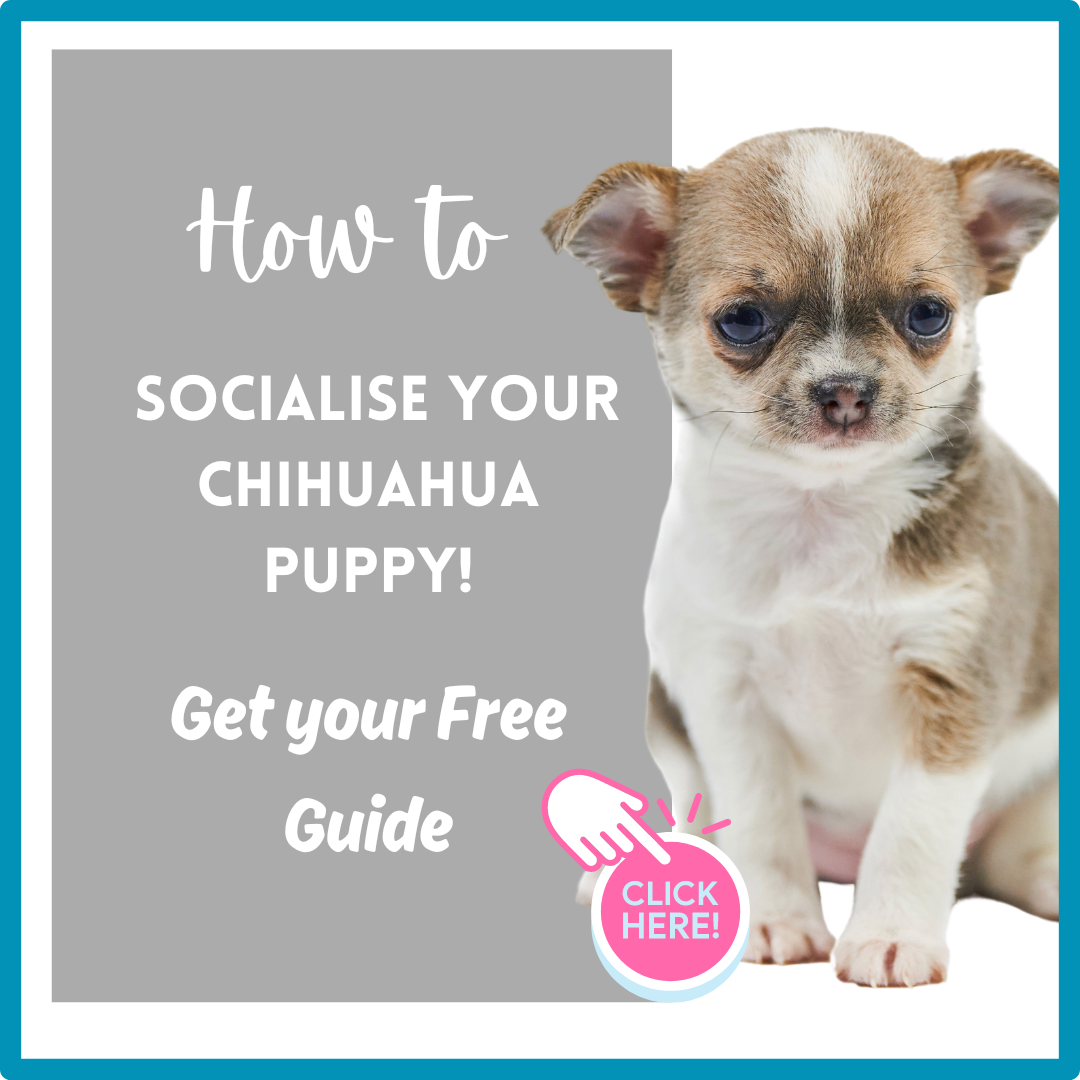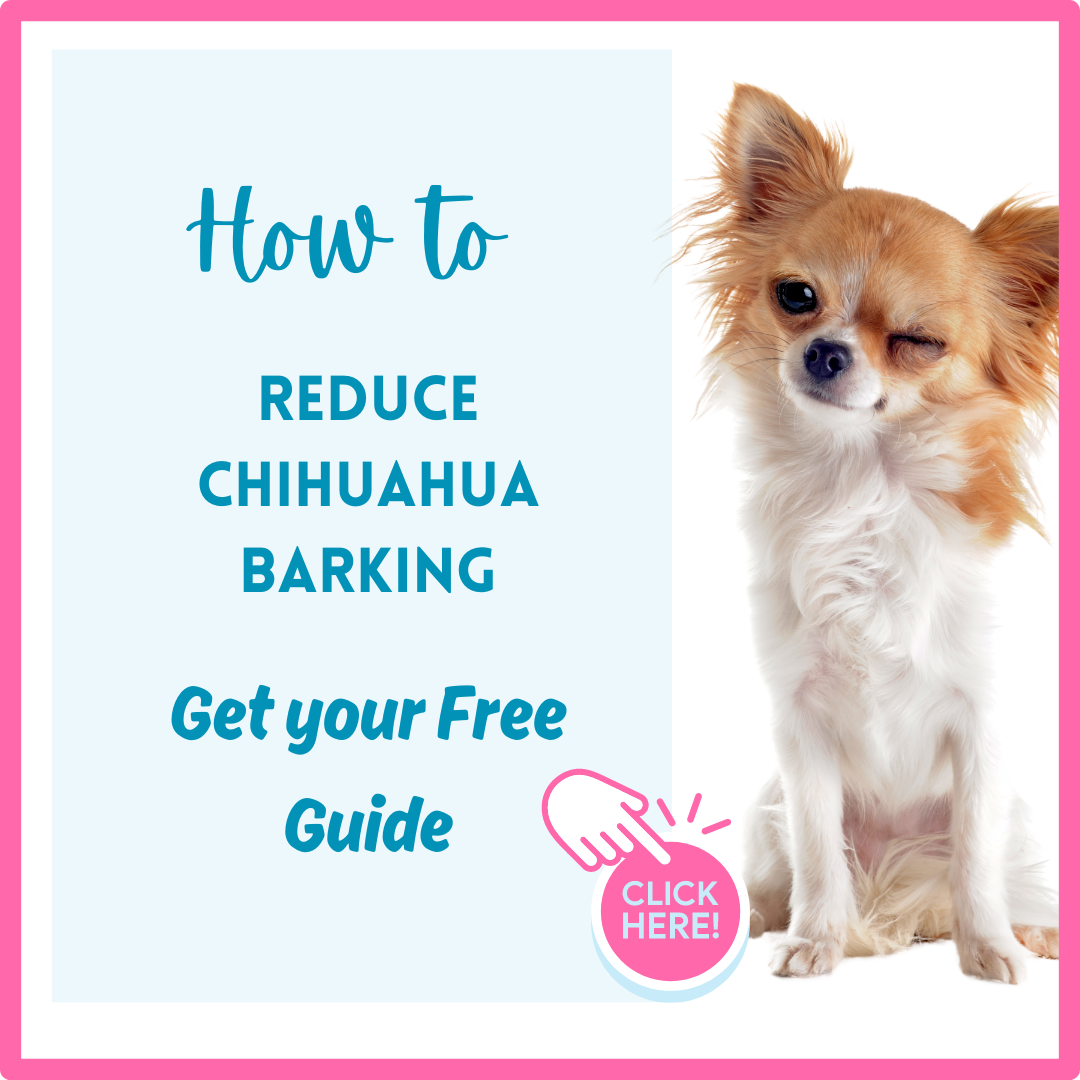What’s the best dog food for your chihuahua?
There is a huge choice of different dog food on the market and it can be difficult to know which one to choose. Getting it right can make all the difference to your chihuahuas long term health.
All dogs need a balanced diet that includes the correct amount of fats, proteins and complex carbohydrates.
How much and what you feed your chihuahua will change over their life span depending on their needs. All puppies should start on a balanced puppy diet. It is important to get the feeding correct when they are puppies so they don’t lay down extra fat cells that could cause problems when they are older. In fact their general health can contribute to ailments they might suffer from in the future. So along with making sure you are feeding them correctly, you should also research info on what your pup might be prone to and tips to prevent this or how best to prepare for it as well. . Dog owners should also consider several other factors when choosing food for their pets. In case you own a dog, it might be helpful to gain knowledge about nutritional adequacy, ingredients, age and breed of your dog, etc. Accordingly, detailed information about such topics can be found at dogfoodcare.com/ or similar sites that can provide information about a dog’s diet.
Why puppy food is different
Puppies, like human babies, are growing rapidly and have different nutritional needs to adults. Puppies may have twice the nutritional needs of an adult dog. Puppy food contains higher levels of protein, vitamins, minerals and more fat to meet the needs of growing bones and muscle.
You can stop feeding your puppy dedicated puppy food once they are around 80% of their adult size. It is important not to feed adult dogs puppy food as it can lead to obesity.
Dog food can be split into four types
- Dry food
- Semi moist & wet
- RAW
- Homemade
Dry food
This will come in bags or boxes of dry pellets. Some manufactures will market bags of food aimed at different dog breeds, but there is little evidence that this has any real value apart from marketing hype. Most dry dog food manufactures will also advise that you only feed the one food as it is ‘complete’. This is disputed amongst dog nutritionist and it is widely recognised that dogs, like people, need a variety of different foods for maximum health.
Dry food or kibble is one of the most popular ways to feed a dog as it is convenient and can be left down. But, poor quality dry dog food and kibble can be very bad for your dog long term. It is packed with carbohydrate and grains (even grain free) that will make your dog fat and cause a wide range of health problems.
Some dry dog food is better than others but don’t assume the big brands are the best as often this is not the case. The trick is to understanding the label and the nutritional needs of your dog.
Understanding dog food labels.
Some manufacturers also claim that dry dog food will help clean your chi’s teeth. There is little evidence to support this and plenty to support this as a myth. Read keeping your chihuahuas teeth clean
Semi-moist food & wet
Like the name suggests semi moist food is softer and contains more water. A dry food typically contains 10% water and a semi-moist food about 60-65%. However; they also contain more salt and sugar so it can lead to a plump chihuahua if you are not careful. They are also do not help to clean teeth. Read more about dental health for your chi. Again avoid processed food if you can.
Raw food. B.A.R.F (Bones & raw food)
Now considered by some as the best dog food option for your dog if he likes it.
The introduction of commercially available raw food is relatively new. It can be supplied frozen or dehydrated. Vets still seem to be a bit sniffy about raw food and it seems you are either a convert or not.
Raw contains muscle meat, bones (often ground), organ meat, a selection of vegetables like broccoli or spinach, maybe eggs, yogurt or green-lipped mussels.
What’s the case for raw food: Is it more like nature intended and is better for your dog than processed food. It addresses many health issues and food intolerance.
The case against suggests: Harmful bacteria from the raw meat is a threat to both human and dog health.
I can see how a pot of raw dripping meat can pose a threat to humans, so basic food hygiene rules come into play here:
- Keep the food in an external container that is washed regularly.
- Store it at the bottom of the fridge so there is not potential for it to drip and cross contaminate food.
- The fridge should be below 6c
- Wash utensils and hands after handling.
- Throw uneaten food away in an outdoor bin.
Dogs have a much more acidic gut then people and they can eat raw food without getting ill. As long as it’s in-date and stored correctly your dog should be fine .
What happened when we tried raw food?
Our experiences with raw food has been mixed. Minnie loved it as a puppy but then went off it. We stopped feeding it to her because it was just getting left out going manky. But she does, now and again steal it off the cats. Mika turns his nose up, but he is a bit picky in general about what he eats.
Home-made food
This is a lovely idea and easier than you think. We now cook all our dog food. It is easy to do especially if you have a slow cooker. The benefit is the quality of the ingredients is under your control and you can add superfoods that will help support your chihuahua against illness. They also enjoy the variety. Read reasons to home cook for your chi
You will need to add a bone meal and salmon oil supplement to the food. You can also add additional supplements like brewer’s yeast that will help guard against fleas, seaweed granules that help keep teeth clean.
Home cooking has made a huge difference to our Mika’s temperament and behaviour. He now looks forward to mealtimes rather than eating at the end of the day because he is starving. Eating regular meals has a positive effect on his blood sugar. Eating regular meals is essential if you have a very tiny chihuahua who may have issues with hypoglycemia.
Discover more from Chihuahua School by Chihuahua Power
Subscribe to get the latest posts sent to your email.






